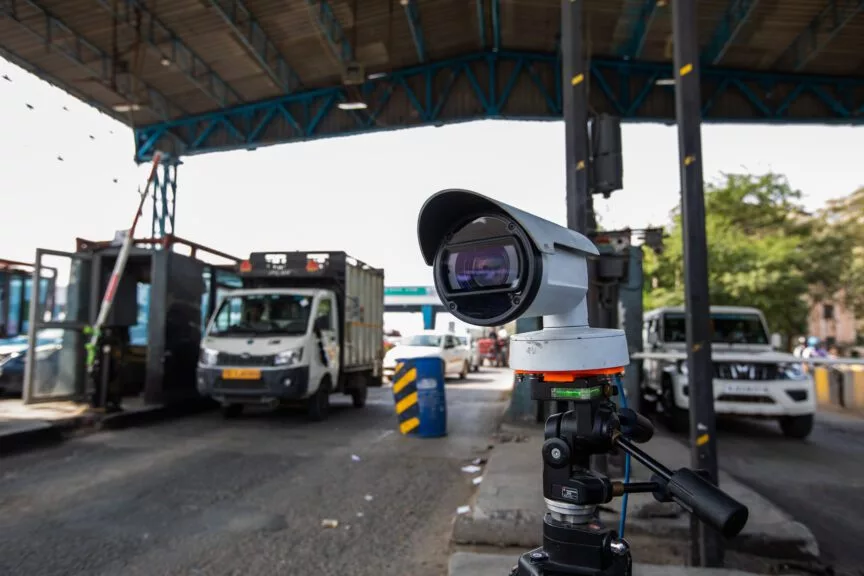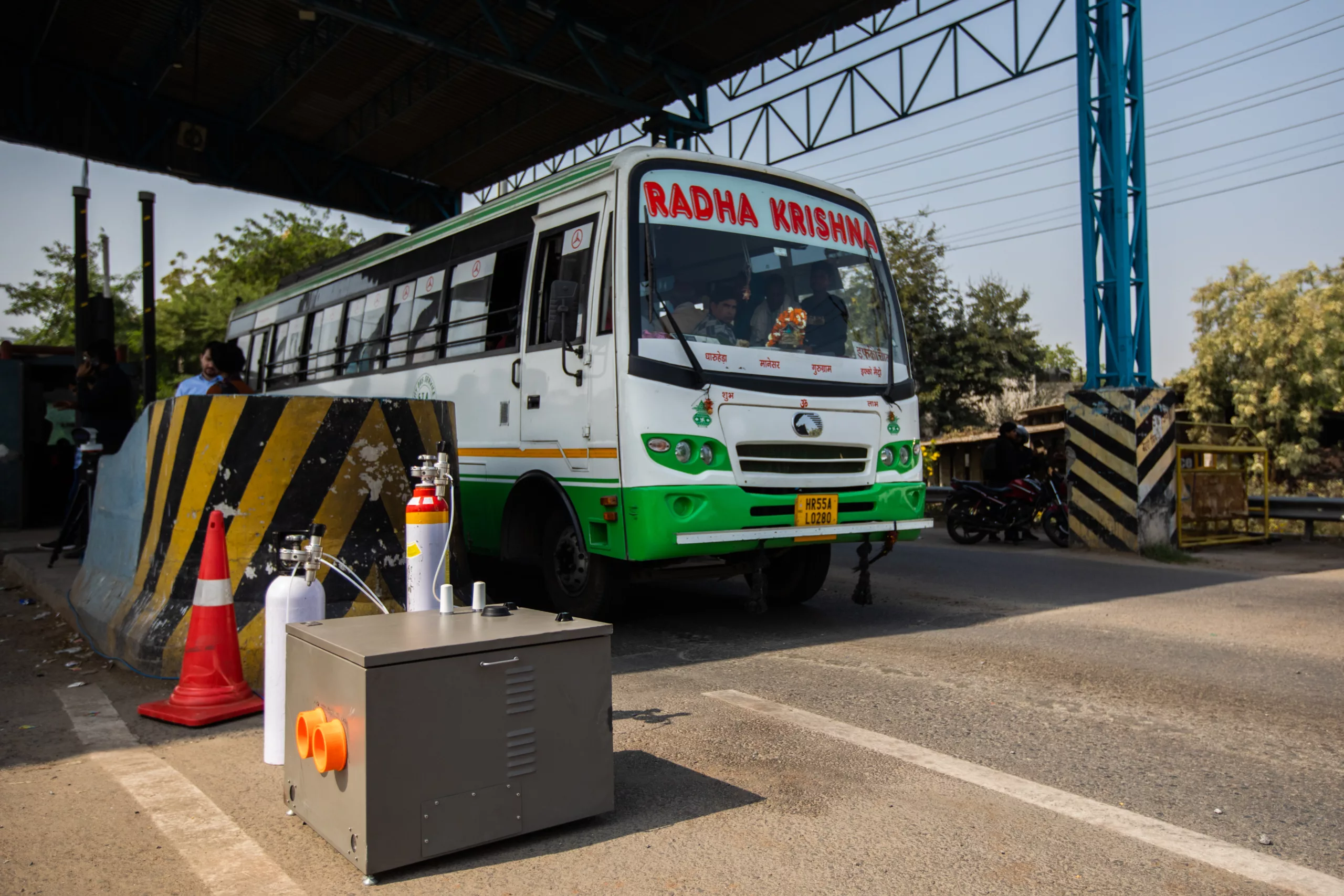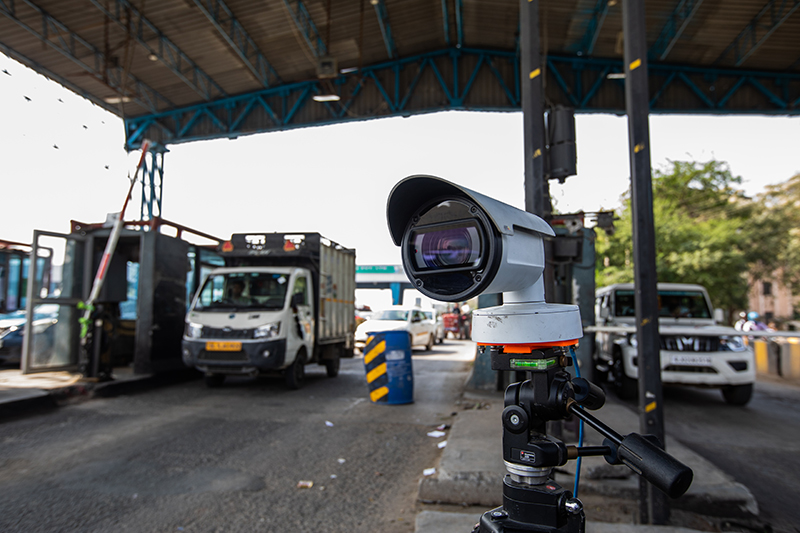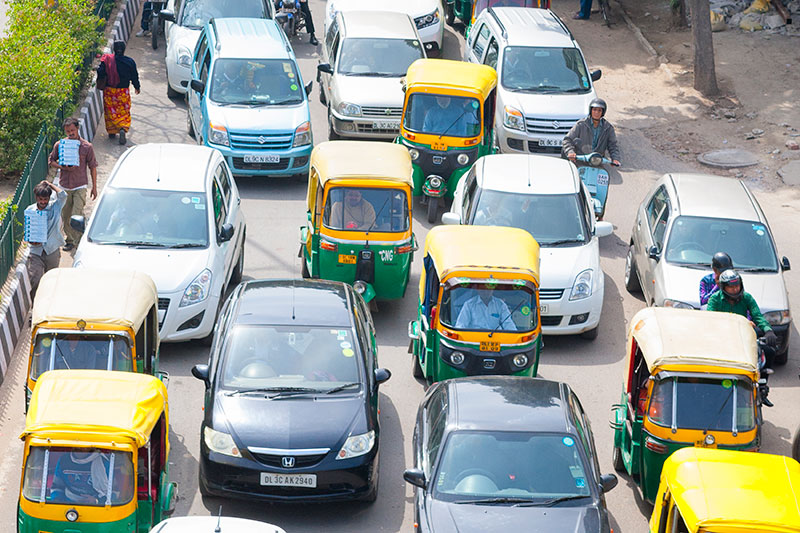Measurement of real-world motor vehicle emissions in Jakarta
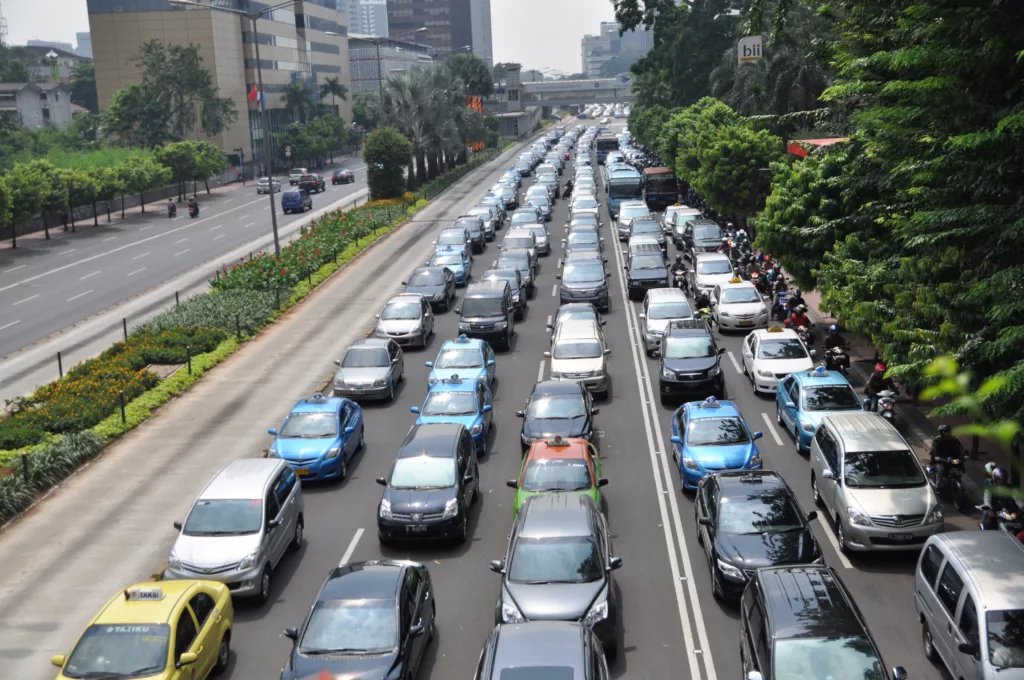
The TRUE Initiative, in partnership with Bandung Institute of Technology (ITB), carried out a remote sensing testing study in the Greater Jakarta Region to provide up-to-date information on vehicle emissions. Analysis of the data collected is intended to provide evidence and support for future actions to address the impacts of motor vehicles on air quality and health.
The analysis found that vehicle types where diesel engines are more commonly used—buses, heavy-duty trucks, and light-duty trucks—had the highest median nitrogen oxides (NOx) emissions measured during the study. In addition, the results indicated that only a modest improvement in diesel truck emissions was achieved in the past decade. For diesel heavy- and light-duty trucks certified to Euro2/II standards, the median NOx emissions were 15% to 24% lower than those of pre-Euro 2/II vehicles. Although some improvement in median NOx emissions is observed with the introduction of Euro II standards, the emissions are well above the level that can be achieved with modern diesel exhaust aftertreatment systems.
The analysis also found that, for gasoline passenger vehicles, the implementation of Euro 2 emission standards in 2007 led to significant reductions in tailpipe emissions, including reductions in NOx emissions of 94% compared to pre-2007 model year vehicles. Relative to gasoline models, the implementation of Euro 2 standards for diesel passenger vehicles resulted in more modest emissions decreases, including a 45% reduction in NOx. However, the NOx emissions of Euro 2 diesel passenger vehicles are approximately 7 times higher than those from gasoline models certified to Euro 2 standards.
The TRUE Initiative, bekerja sama dengan Institut Teknologi Bandung (ITB), melakukan studi penginderaan jarak jauh di wilayah Jabodetabek untuk mengetahui informasi terkini tentang emisi kendaraan. Analisis data dari kegaitan ini bertujuan untuk memaparkan bukti dan juga dukungan untuk aksi di masa depan guna mengatasi dampak dari kendaraan bermotor terhadap kualitas udara dan kesehatan.
Analsis tersebut menemukan bahwa pada tipe-tipe kendaraan dimana mesin diesel lebih sering digunakan – bus, truk tugas berat, dan truk tugas ringan – memiliki median nitrogen oksida (NOx) tertinggi yang diukur selama studi ini. Selain dari itu, hasil studi ini juga menunjukan bahwa hanya ada sedikit peningkatan performa emisi truk diesel yang dicapai dalam beberapa dekade terakhir. Untuk truk diesel tugas berat dan ringan yang memenuhi standar Euro2/II, median emisi NOx adalah 15% hingga 24% lebih rendah daripada emisi kendaraan pra-Euro 2/II. Kendati ada beberapa perbaikan terkait median emisi NOx dengan diperkenalkannya standar emisi Euro II, emisi tersebut berada jauh di atas tingkat yang dapat dicapai oleh mesin diesel moderen dengan sistem aftertreatment.
Analisis ini juga menemukan bahwa, untuk kendaraan penumpang bensin, penerapan standar emisi Euro 2 pada tahun 2007 menyebabkan penurunan emisi gas buang yang signifikan, termasuk penurunan emisi NOx sebesar 94% dibandingkan dengan kendaraan model tahun sebelum 2007. Relatif terhadap kendaraan bermesin bensin, penerapan standar Euro 2 untuk kendaraan penumpang bermesin diesel menghasilkan penurunan emisi yang lebih sedikit, termasuk penurunan NOx sebesar 45%. Namun demikian, emisi NOx dari kendaraan penumpang diesel Euro 2 adalah 7 kali lebih tinggi daripada emisi NOx dari model kendaraan penumpang bensin yang memiliki standar Euro 2.
Bandung Institute of Technology, Badan Pengatur Jalan Tol
TRUE Testing Campaign: Real-world remote-sensing technology measured 93,000 vehicles across the Greater Jakarta Region between January to April 2021.

